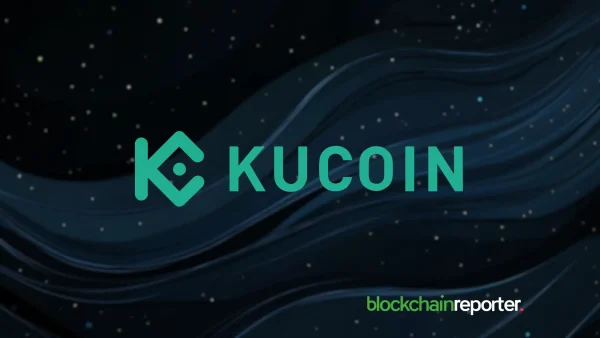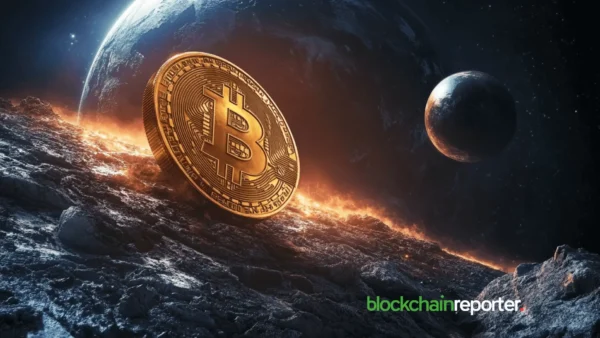
The CBDC will enable more individuals to engage in the financial system and benefit from new payment options
Banxico, Mexico’s Central Bank, has revealed that it anticipates the creation of it’s own central bank digital currency (CBDC), to take around 3 years. The governor of Banxico, Victoria Rodrguez Ceja, stated this to the Mexican Senate, adding that the new currency shall match the three characteristics of money in order to increase financial inclusion.
The present program will be slightly postponed in comparison to the Central Bank’s prior plan. On December 31, 2021, it was announced that the nation was thinking about launching the CBDC in 2024. This, however, has changed.
President of the Bank of Mexico (Banxico), Victoria Rodriguez Ceja, stated at a meeting of the Mexican Senate that the CBDC will be “in circulation” by 2025. As per Rodriguez, the CBDC will increase individuals’ access to finance while increasing existing payment alternatives. They also intend to implement new automated technologies to expedite payment processes. “Digital currency will enable to produce payment instruments aimed at financial inclusion, expand fast, secure, efficient and interoperable payment options in the economy, and add automation mechanisms, programmability, and innovation to (existing) payment instruments.”
According to Rodriguez, the latest declaration also implies that the central bank has grown more receptive to the notion of regulating digital currencies, with the primary purpose of safeguarding transactional citizens. “Several central bank groups, in which Banxico participates, are reviewing this issue of regulation so as to further protect those participating in the financial system.”
Ricardo Salinas Pliego, Mexico’s third-richest individual, revealed plans to build up infrastructure to take Bitcoin at his bank, Banco Azteca, in June 2021. However, authorities from the bank, the finance ministry, and the financial services authority reported at the time that Bitcoin isn’t really authorized tender in Mexico and that banking institutions may not provide cryptocurrency products. “Although they can be exchanged, they do not fulfil the function of money, as their acceptance as a form of payment is limited, and they aren’t a good reserve or value reference,” the officials said.
Senator Indira Kempis Martinez introduced a draft law earlier this month asserting that the government should be responsible for embracing the new era of digital money, claiming that government participation in such things is a human right for Mexican residents. “The intervention of the Mexican State in the economy must be appreciated and assumed by the different legal operators as a native and inevitable relationship with the discourses of human rights, competitiveness, and development.”
Kempis utilized Bitcoin to demonstrate the power of a decentralized network, while conceding that any digital money introduced is not decentralized. Kempis contends that enacting the law will pave the groundwork for adopting Bitcoin legal tender. “Regarding protocols, computers operating on the network, which record the transactions of road assets, must follow the emission rules in order to confine transactions, and those rules must be established in predetermined protocols,” stated the bill. “There is a possibility that new computers may be part of the network. However, it is not a necessary feature.”











